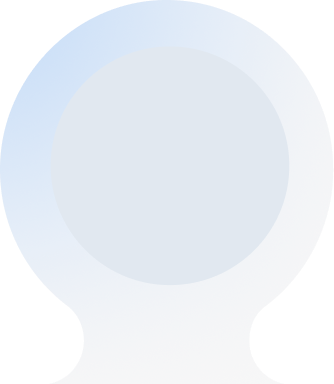Great question! If you’re considering an Overdraft (OD) facility—whether it’s an Overdraft against Salary, Overdraft against Property (OD/CC), or a Business OD—it’s important to understand how interest is charged. The short answer is: ❌ No, you do not pay interest on the entire OD limit. You pay interest only on the amount you actually use and only for the number of days you use it. This makes OD one of the most flexible borrowing options for managing cash flow, emergencies, or short-term business needs. 💼💰
🧮 How Interest Is Calculated on an OD
With an OD, the bank sanctions a maximum limit (say ₹5,00,000). You can withdraw funds as and when needed, repay anytime, and withdraw again—similar to a revolving credit line. The bank calculates interest on the daily outstanding balance and debits it monthly. For example:
- OD Limit: ₹5,00,000
- You use: ₹1,20,000 for 12 days
- Interest will be charged only on ₹1,20,000 for 12 days, not on the full ₹5,00,000 limit.
This is why ODs are cost-efficient if you use them smartly and repay quickly. ⏱️
📌 OD vs. Term Loan: What’s the Difference?
In a regular term loan, you receive the full loan amount upfront and pay interest on the entire principal, regardless of whether the funds sit idle in your account. In an OD, you pay interest only on the utilized portion. That’s a big advantage for businesses and salaried individuals who don’t need the entire amount at once. ✅
💼 Common Types of OD Facilities
- OD Against Salary – Helpful for salaried individuals to manage month-end shortfalls or large one-time expenses.
- OD / CC (Cash Credit) Against Property – Secured against residential/commercial property; ideal for business owners needing working capital.
- OD Against Fixed Deposits – Interest is generally lower because the FD acts as security.
🔁 Flexible Usage = Lower Interest Outgo
The key benefit of OD is flexibility. You can:
- Withdraw when required and repay when you have cash inflows.
- Reduce interest by quickly depositing surplus funds.
- Reuse the limit multiple times without fresh documentation (within the sanctioned period).
Because interest is computed on the daily utilized balance, even short-term repayments (like depositing receivables) can significantly cut your cost. 📉
📝 Sample Interest Illustration
Assume OD limit ₹10,00,000 at 12% p.a. You utilize ₹2,50,000 for 20 days.
- Daily interest ≈ (₹2,50,000 × 12%) ÷ 365
- Monthly debit ≈ Daily interest × 20 days
Notice how the limit size doesn’t matter—only your usage and days matter. ⃟
⚠️ Charges to Watch Out For
While you don’t pay interest on the full limit, there can be other charges. Being aware helps you optimize costs:
- Processing Fee: One-time fee when the OD is sanctioned/renewed.
- Commitment/Utilization Charges: Some banks may levy fees if your average usage is too low compared to the limit.
- Annual Renewal Fees: Limits are typically reviewed yearly.
- Penal Interest: Charged for over-limit usage or delayed interest servicing.
✅ When an OD Makes the Most Sense
- Irregular cash flows: Businesses with seasonal sales or delayed receivables.
- Short-term gaps: Salaried individuals covering temporary deficits.
- Working capital needs: Stock purchases, vendor payments, or quick opportunities.
💡 Pro Tips to Reduce Interest
- Deposit early & often: Even partial repayments reduce the daily outstanding.
- Avoid keeping high balances overnight: Interest clocks daily—reduce by end of day if possible.
- Right-size your limit: Don’t take an excessively large limit if you won’t use it; it may attract unused limit charges.
- Track usage: Set reminders to clear the balance after receivables arrive.
🔍 FAQs
Q1. If I don’t use my OD at all, do I pay interest?
A. Generally, no interest if you don’t use it. But check for commitment or renewal fees that may apply irrespective of utilization.
Q2. Is OD interest higher than term loans?
A. Rates can be similar or slightly higher, but because you pay only on usage and days, the effective cost can be lower if you manage it well.
Q3. Does repayment close the OD?
A. No. Paying back reduces the outstanding. The OD account stays open within the sanctioned tenure, and you can draw again anytime.
🏁 Final Takeaway
You do not pay interest on the entire OD limit. You pay interest only on the amount you draw and for the exact number of days you use it. Manage inflows and outflows smartly, repay quickly, and keep your daily balance low to minimize interest. If you’re unsure which OD product fits your profile—salary, business, or property-backed—we can help you compare options and choose the most cost-effective plan. 🌟
Quick Contact: Want expert guidance or a fast eligibility check? Click here to Apply Now 🚀
📞 Call us – 9910831827 | Apply Now




